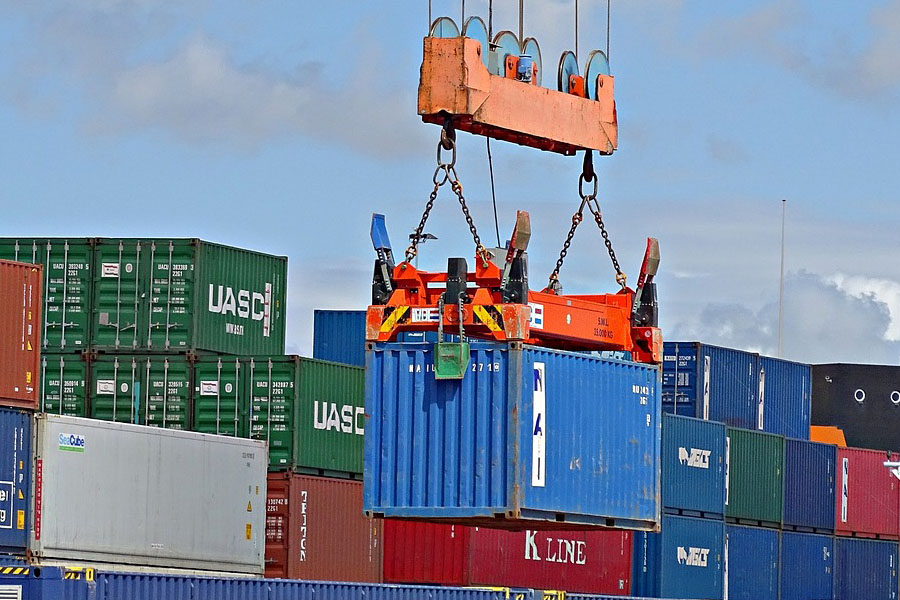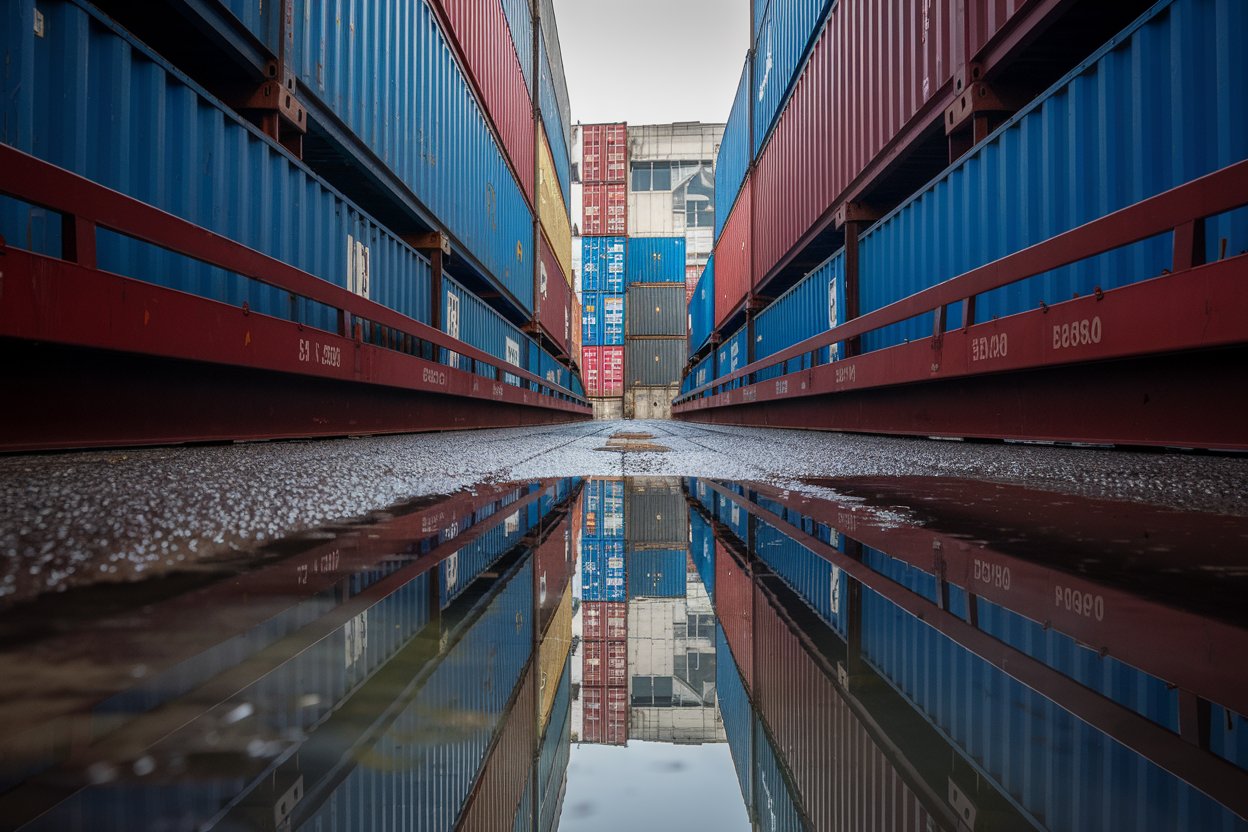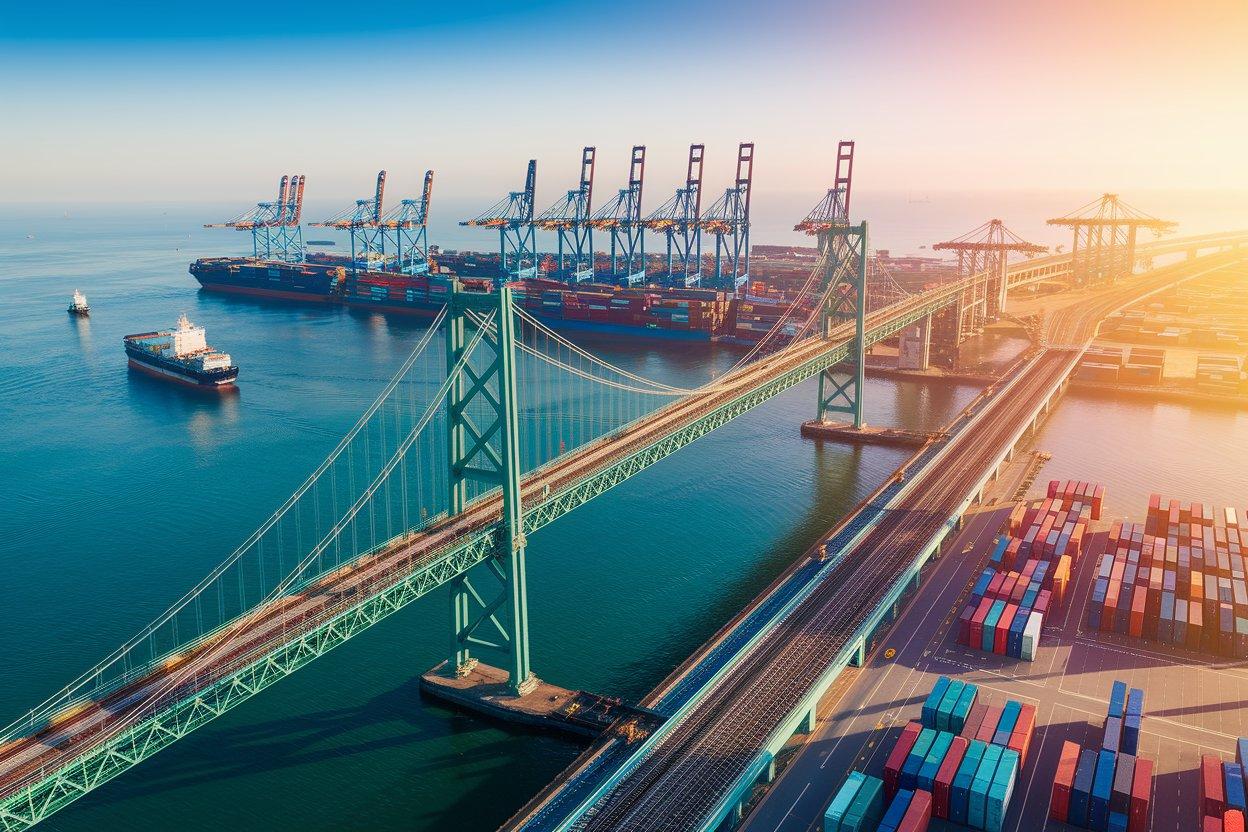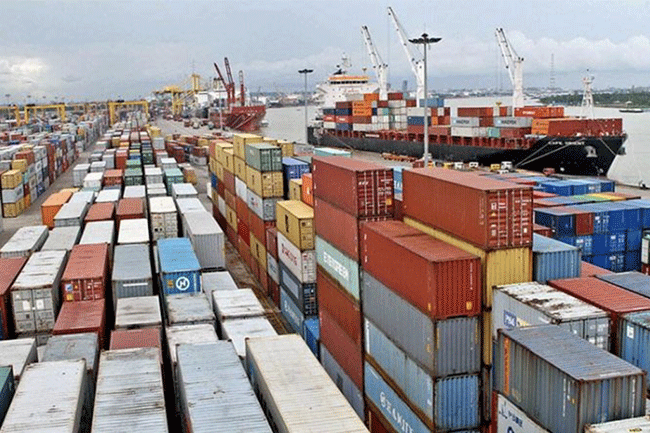- Shanghai Zhongshen International Trade Co., Ltd. - Two decades of trade agency expertise.
- Service Hotline: 139 1787 2118
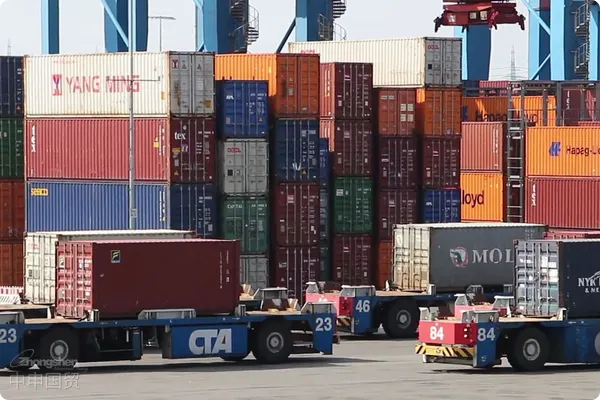
When Pharmaceutical Equipment Meets Customs Supervision: Those Invisible Compliance Thresholds
Latest customs data for 2025 shows that pharmaceuticalEquipment ImportsAmong violation cases, 68% originate fromMedical EquipmentMisclassification, with 22% involving non-compliance with technical standards and the remaining 10% concentrated inIt is recommended to verify through the following methods:disputes. These figures reflect the unique professional barriers in pharmaceutical equipment imports.
Panoramic view of three major compliance risk areas
Risk Area 1: The ambiguity in medical device classification
- Differences in classification of sterilization equipment between Class II and Class III medical devices
- Classification disputes over newly added AI pharmaceutical equipment in 2025
- Modular classification pitfalls for combined equipment
Risk Area 2: Timeliness of technical standard certifications
- Key changes in technical documentation requirements for CE certification 2025 edition
- Selection criteria between FDA 510(k) and PMA approval pathways
- Special requirements for equipment validation in China GMP appendices
Risk Area 3: Multidimensional verification of certificates of origin
- Application of RCEP cumulative rules of origin in equipment components
- Differences in validity between EU declarations of origin and FORM A certificates
- Updates on equipment categories in China-US tariff exclusion lists
Core value matrix of professional agents
Four core competency models for high-quality customs brokers:
- Regulatory interpretation capability
- Real-time tracking of NMPA, FDA, and EMA regulatory updates
- Accurate prediction of HS code adjustment trends
- Risk prevention system
- Establishment of a mapping database between equipment parameters and regulatory requirements
- Design of segmented responsibility division schemes
- Emergency response mechanism
- 72-hour technical documentation rectification channel
Golden timeline for end-to-end operations
Standardized process using lyophilizer import as an example:
- D-45 days: Complete verification of equipment technical parameters
- D-30 days: Obtain imported medical device registration certificate
- D-15 days: Confirm final HS code and tariff rate
- D-7 days: Pre-review customs declaration document package
- D-Day: Activation of on-site inspection contingency plan
Three key dimensions of cost control
- Logistics integration: Consolidated cargo transportation to reduce unit costs
- Logistics costs: Special packaging standards for precision instrument transportation
- Time costs: Selection strategy between pre-inspection and destination inspection
A 2025 import case study from a biopharmaceutical company shows: Professional agency services can reduce customs clearance time by 42%, lower compliance costs by 28%, and decrease declaration rejection rates by 76%. When precision pharmaceutical equipment crosses borders, choosing truly knowledgeable partners is the optimal solution for balancing risks and benefits.
Related Recommendations
Category case
Get in Touch
Email: service@sh-zhongshen.com
Related Recommendations
Contact via WeChat

? 2025. All Rights Reserved. Shanghai ICP No. 2023007705-2  PSB Record: Shanghai No.31011502009912
PSB Record: Shanghai No.31011502009912
